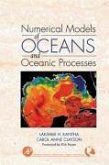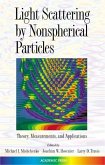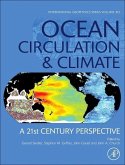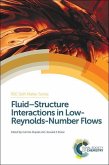While ocean waves are the most visible example of oceanic mixing processes, this macroscale mixing process represents but one end of the spectrum of mixing processes operating in the ocean. At the scale of a typical phytoplanktoic diatom or larval fish inhabiting these seas, the most important mixing processes occur on the molecular scale - at the scale of turbulence. Physical-biological interactions at this scale are of paramount importance to the productivity of the seas (fisheries) and the heat balance that controls large scale ocean climate phenomena such as El Niño and tornadoes. This book grew out of the need for a comprehensive treatment of the diverse elements of geophysical fluid flow at the microscale. Kantha and Clayson have arranged a logial exposition of the various mixing processes operating within and between the oceans and its boundaries with the atmosphere and ocean floor. The authors' intent is to develop a volume that would provide a comprehensive treatment of the fundamental elements of ocean mixing so that students, academics, and professional fluid dynamicists and oceanographers can access this essential information from one source. This volume will serve as both a valuable reference tool for mathematically inclined limnologists, oceanographers and fluid modelers.








